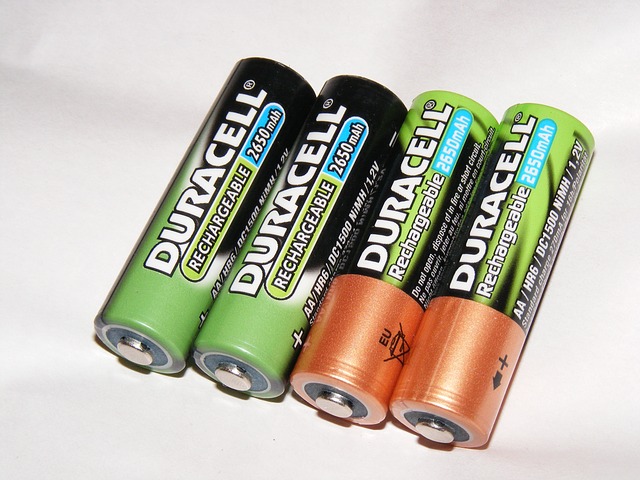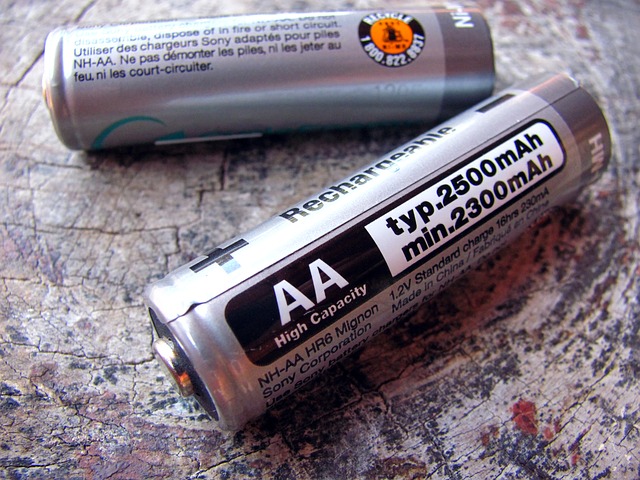Voltage Regulator for Lipo Batteries
Feb 20, 2020 Pageview:2330
A LiPo voltage regulator helps you monitor the output voltage of your 2S receiver packs and ensure it is at a safe level. This makes it an essential accessory for people who makes use of one LiPo receiver pack or the other. The controller has a low voltage cutoff, which enables users to protect the receiver packs from over-discharge damages.
The Lipo voltage regulator ensures that the regulation of the voltage required by its application is at a constant voltage that has been predetermined to be safe, usually 7.4V for the battery, and 6.5V for the receiver. Setting a high voltage to a safer voltage helps prevent overheating and avoids any damage from being done to the receiver and servos. This increases the time to enjoy your device. This voltage regulator also provides more power and higher performance.
Why use a voltage regulator
The voltage of a Li-Po battery (7.4 V) is regulated to about 6.5 V so that the receiver works safely. This brings about the following:
A longer lifespan for the Li-Po battery and also an extended time for the operation of the device.
Increased performance derived from the Li-Po battery
A conversion of the voltage of the lipo battery by the regulator into a constant and consistently safe voltage for the receiver and therefore preventing overheating or damage to the receiver and servos.
A LiPo regulator helps protect the battery against overloads through its adjustable low voltage protection.
There is a three-minute small power function that alerts the user that the receiver has reached the threshold for little voltage protection.
What is the best value Lipo, voltage regulator?
It isn't straightforward to categorically state which the best value Lipo voltage regulator is since some regulators come with extra functionalities and are priced a bit higher than the others. However, we will list only a few regulators below. You may do your research before selecting any regulator either on the list or not.
Castle Creations (CC-BEC PRO) Battery Eliminator Circuit
If you need a BEC to carry your huge load, then this can come in handy. It is very useful for large numbers of servos or many digital servos in large applications. You may use it as a power supply onboard to power sensors, transmitters, or whatever it is you want to test.
It is pertinent to note that the CC BEC Pro must never be used in series or in parallel with any other BEC or backup receiver that is connected to the servo/RX side of the circuit.
Voltage: from 4.8 V to 12.5 V.
Maxx Products (5.4V / 6V 6 Volt) Voltage Regulator
It protects devices against overvoltages. It is a five cell NiCd battery RX battery pack (of 7.5 volts hot off charger). It offers the perks of a faster servo and delivers a higher torque. However, if the battery is fully charged, it can cause jittery servos. Besides, some ignition systems prefer to see the voltage of a 4-cell 4.8 V pack (up to 6 V hot off the charger).
Castle Creations CC-BEC Lipo/Heli
This is used between an RX and a Gyro/Tail servo. It allows you to use a higher voltage RX pack, such as the 6V and A123 pack of 2 cells to power your head servo and RX as well as keeping a constant speed of 5.1 V (by default). The regulator is switch rate so that there is no waste of energy through heat sinks like the lessor regulators. By default, it comes already set to 5.1V, but it can be reconfigured to whatever setting you prefer.
RRC V-Reg Digital Switch Futaba Type Plugs
This is a digital switch and a linear voltage regulator and is one that simplifies the wiring of whatever application it is being used. It is designed for ten constant amps or a burst of 20 amps (max 8 seconds). It is perfect for use with 2S Lipo Packs. It has a simple operation. Just hold the button for 1 second to turn off.
The low voltage warning tones start as soon as the input voltage drops to 7V, and the warnings increase at 6.6V. The warning tones and the flash becomes even more rapid at 6V. This is so efficient that it requires about 886 days to consume 1000mAh of your pack.
Maxx Heavy Duty Adjustable Regulator
The main features of this regulator are that it has an adjustable output voltage and a large heat sink for optimal performance. It weighs about 1.4 ounces and requires a current constant of 15 amps.
The current Peak" 30 amp peak at 7.4V input as well as 6V output. And the maximum input voltage is 16 V, while the output voltage range is around 4.8-8 V.
How does voltage regulator work?
A voltage regulator produces a fixed output voltage of a predetermined magnitude, which remains constant regardless of any changes to the input voltage or the load conditions. There are majorly two types of voltage regulators; they are linear and switching.
A linear regulator uses an active step (BJT or MOSFET) pass device (either in serial or shunt) and is controlled by high gain differential amplifiers. The regulator compares the output voltage with an exact reference voltage and then adjusts the pass device so that the output voltage remains constant.
Switching regulators, on the other hand, convert the DC input voltage into switching voltages that are applied to a MOSFET or BJT switch. The output voltage of the filtered power switch is sent back to a circuit which controls the power switch 'on' and 'off' times. This ensures that the output voltage is always constant irrespective of the input voltage or variations in the load current.
If you look at the datasheet of a voltage regulator, you will be surprised to see the number of circuitries they have been made with. All in a bid to keep the voltage of your device regulated. They include an excellent voltage regulator, as well as amplifiers, and even a small power stage.
They improve every day; some of them only consume a few nanoamps or a thousandth of a millionth amp. Some even come with protections against short circuits and overheating.
- Prev Article: Cost of Lithium-Ion Batteries for Solar-Use and Cost
- Next Article: Shipping Li-Ion Batteries UPS: Cost and Shipping
Leave Message
Hottest Categories
-
Hottest Industry News
-
Latest Industry News












